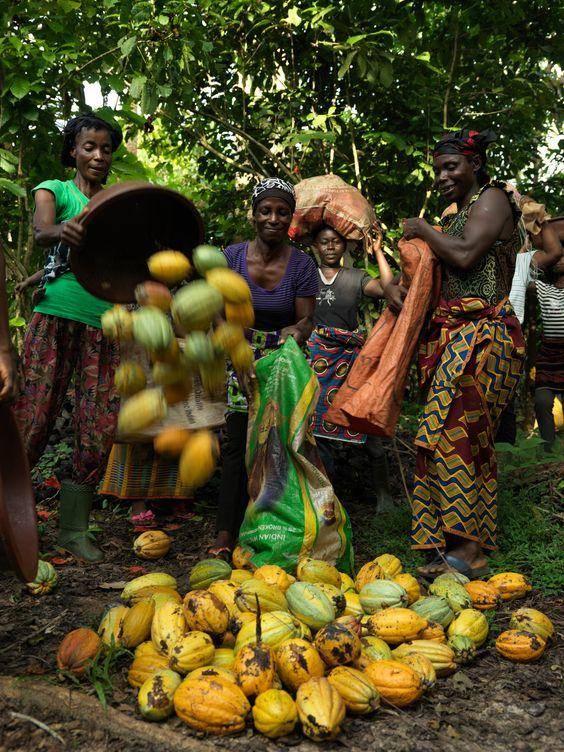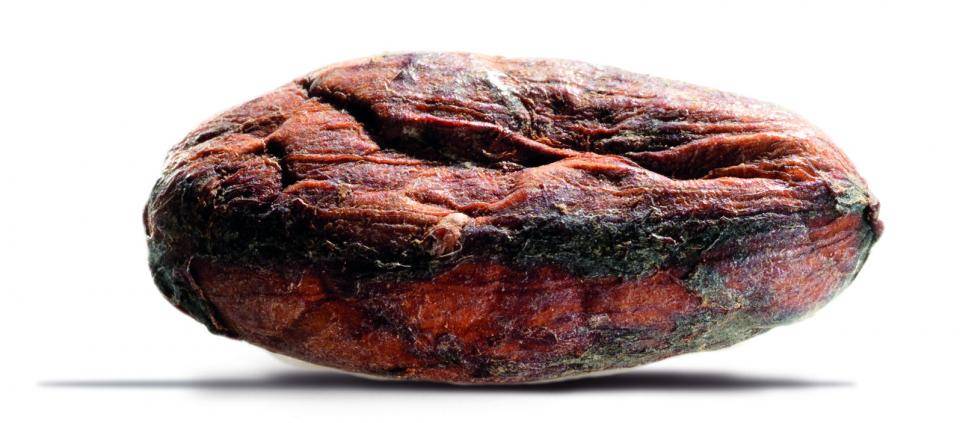
DOMINICAN REPUBLIC

HISTORY
Originally from the Amazon jungle, cocoa was introduced to the Dominican Republic by Spanish colonizers in the late 16th century. Today, it has become a crop of paramount importance, not just in economic terms but also as a crucial element of Dominican gastronomic culture.
While it's accurate that, by the mid-19th century, the Dominican Republic was already shipping a substantial amount of cocoa, it wasn't until the 1990s that its production experienced a qualitative surge. This transformation positioned the country as one of the foremost global exporters of organic cocoa, contributing to 60% of the world's export volume.
KEY FIGURES
Dominican Republic
Surface area: 48,670 km2
Capital: Santo Domingo
Official languages: Spanish
PLANTATION
Volume of cocoa beans:
80,000 tons
Varieties:
-
Trinitario,
-
Forastero

Beans
" Under the tropical climate of St. Domingue, this chocolate reveals a eautiful bitterness complemented by floral notes and a sweet fruity wine note with exceptional lenght on the palate."
Taste Profile
Main notes :
- Bitter,
- Floral,
- Tannic

